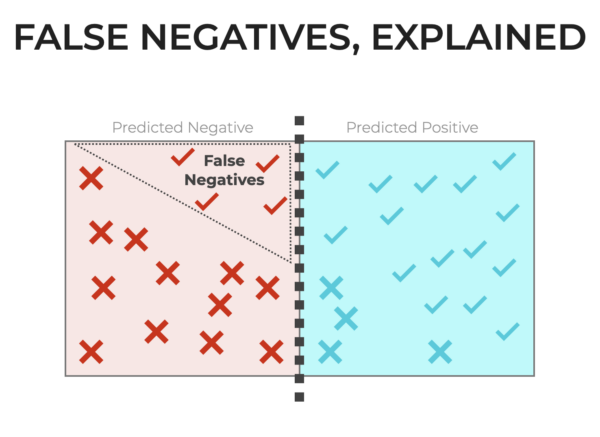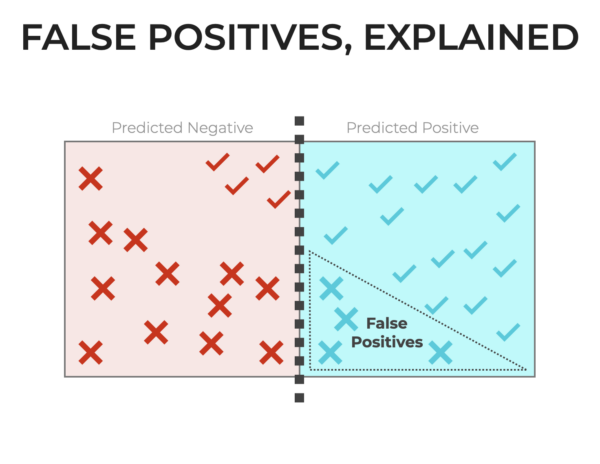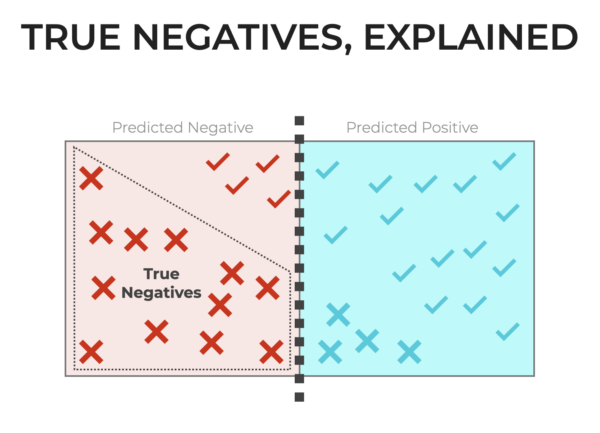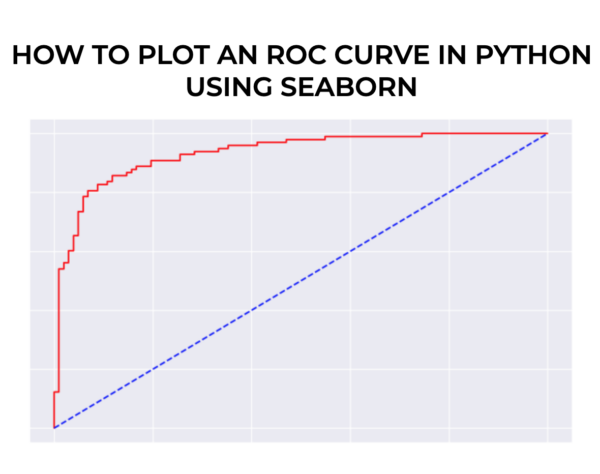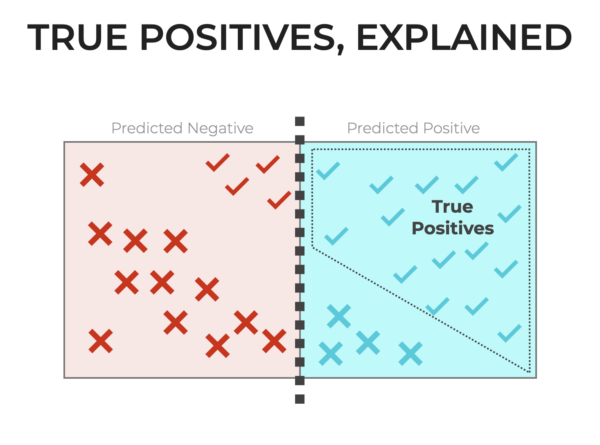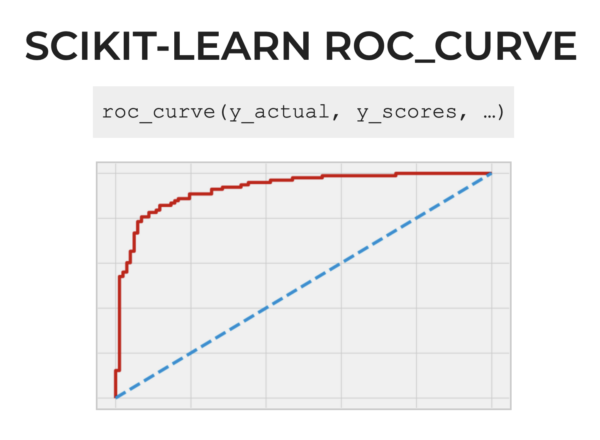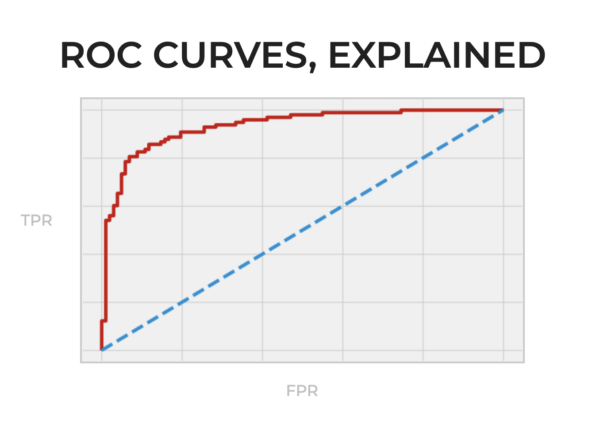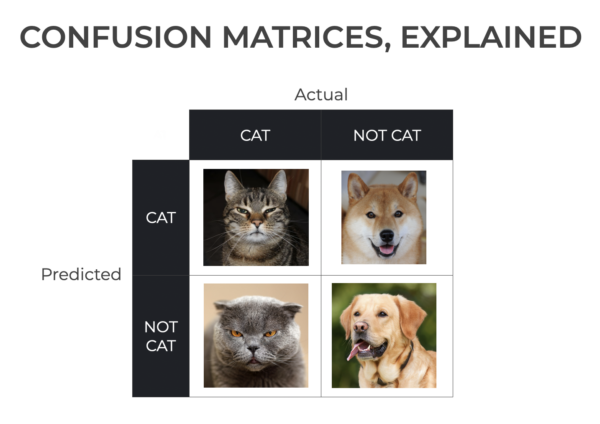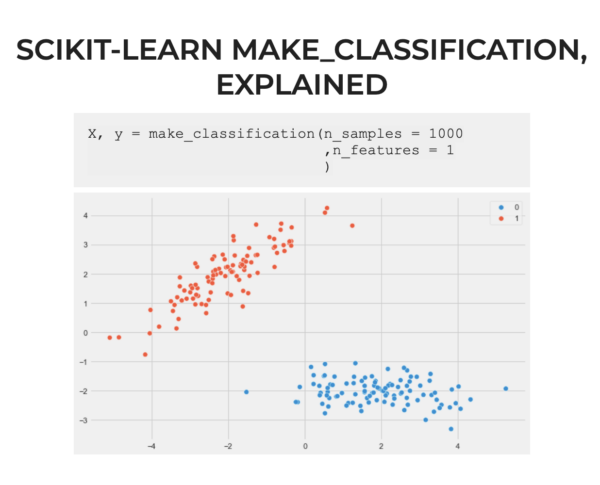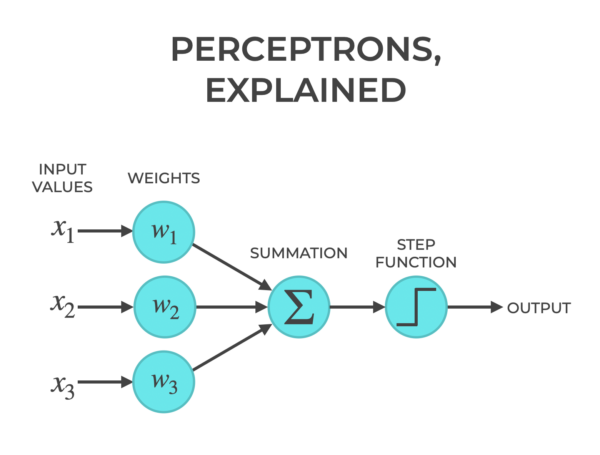False Negative: What they are, Why They’re Bad, and 7 Ways to Fix Them
When you’re working with classification and detection systems, you’ll commonly hear the term “False Negative.” You might be asking, what is a False Negative? And if you’re a serious machine learning practitioner, how do you fix them? Well, if you’re asking yourself these questions, you’re in luck. In this tutorial, I’m going to explain all … Read more
